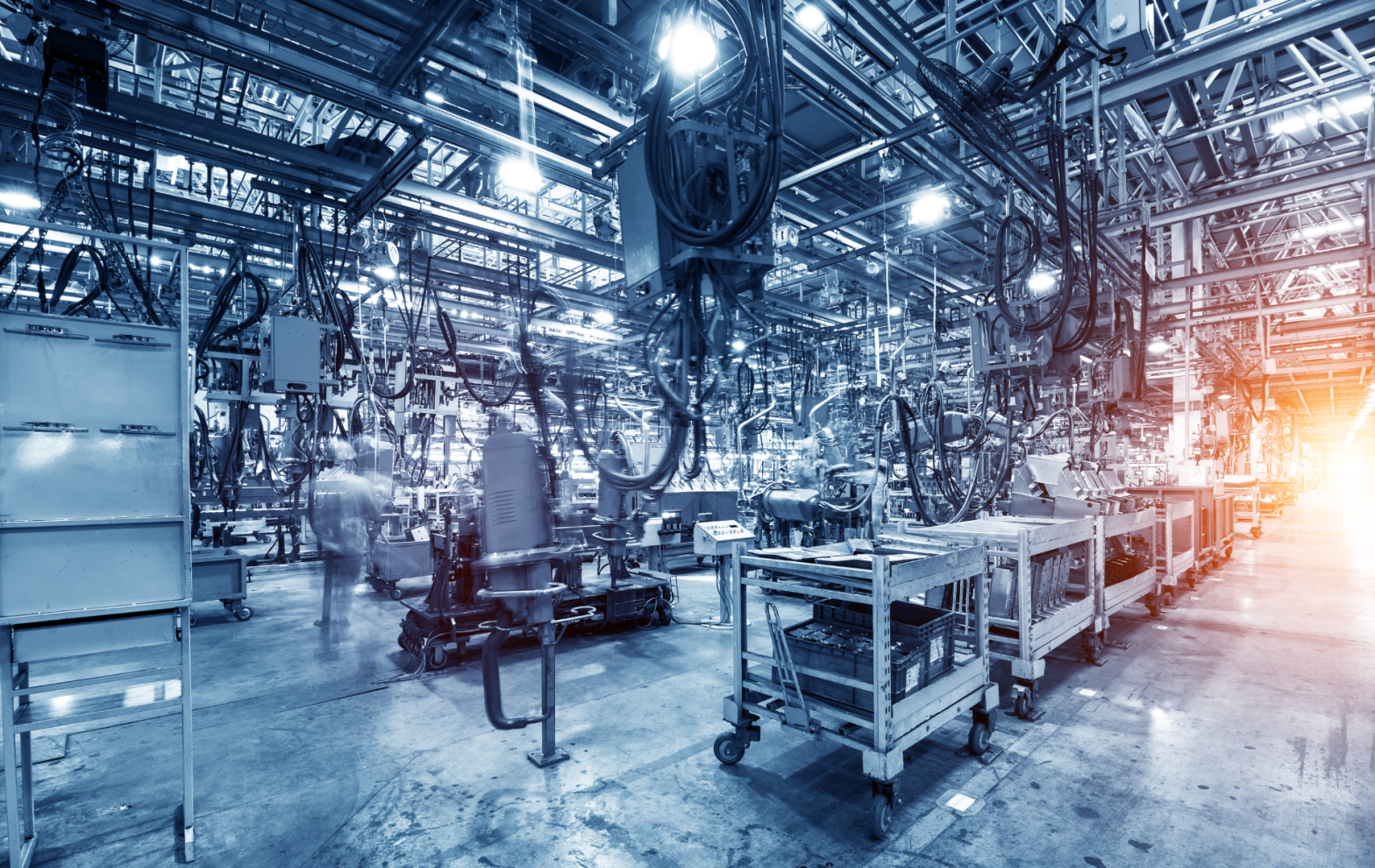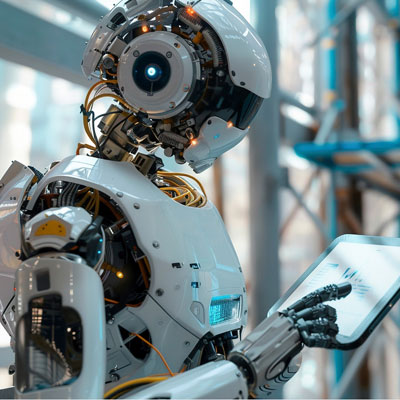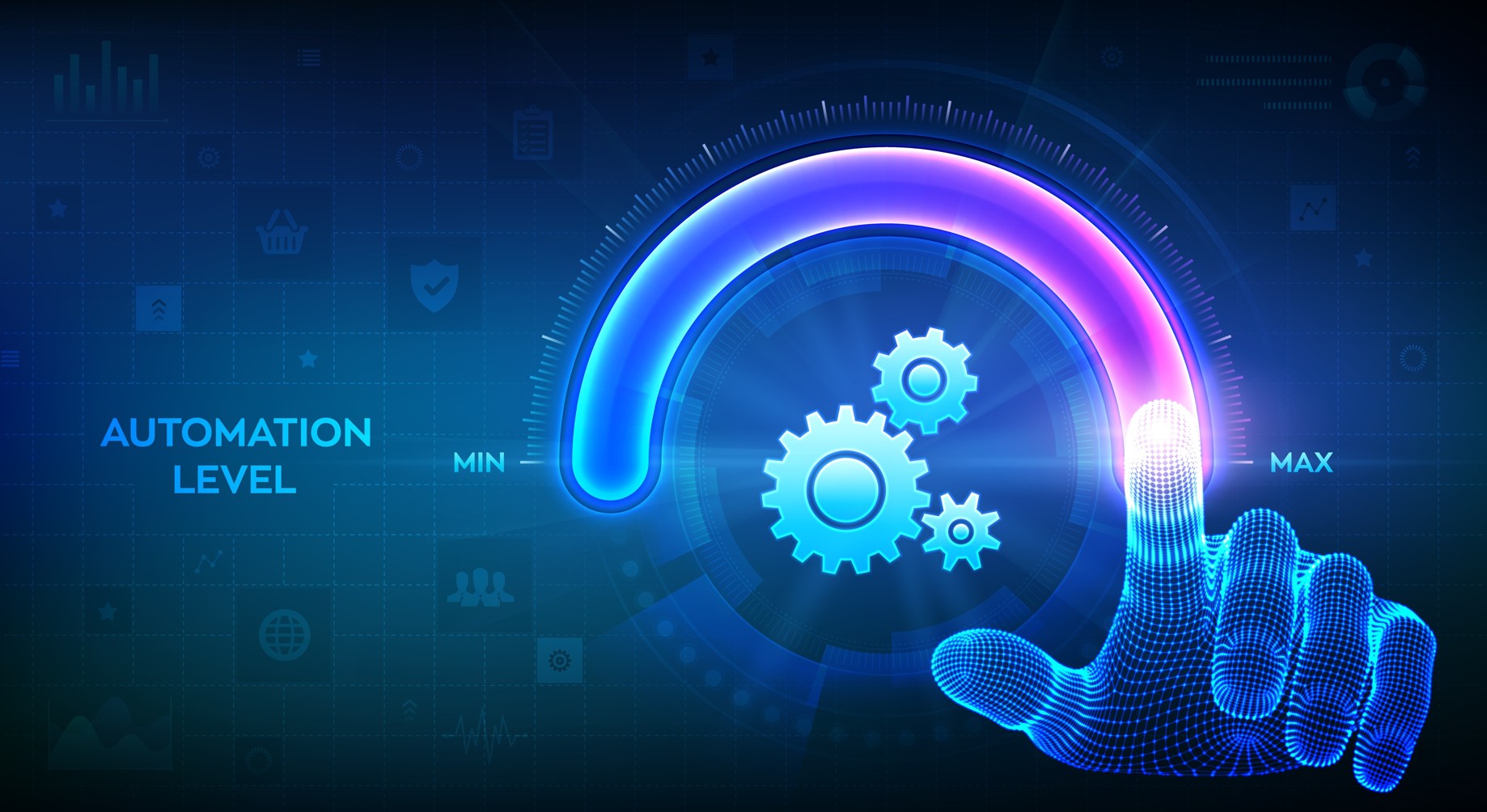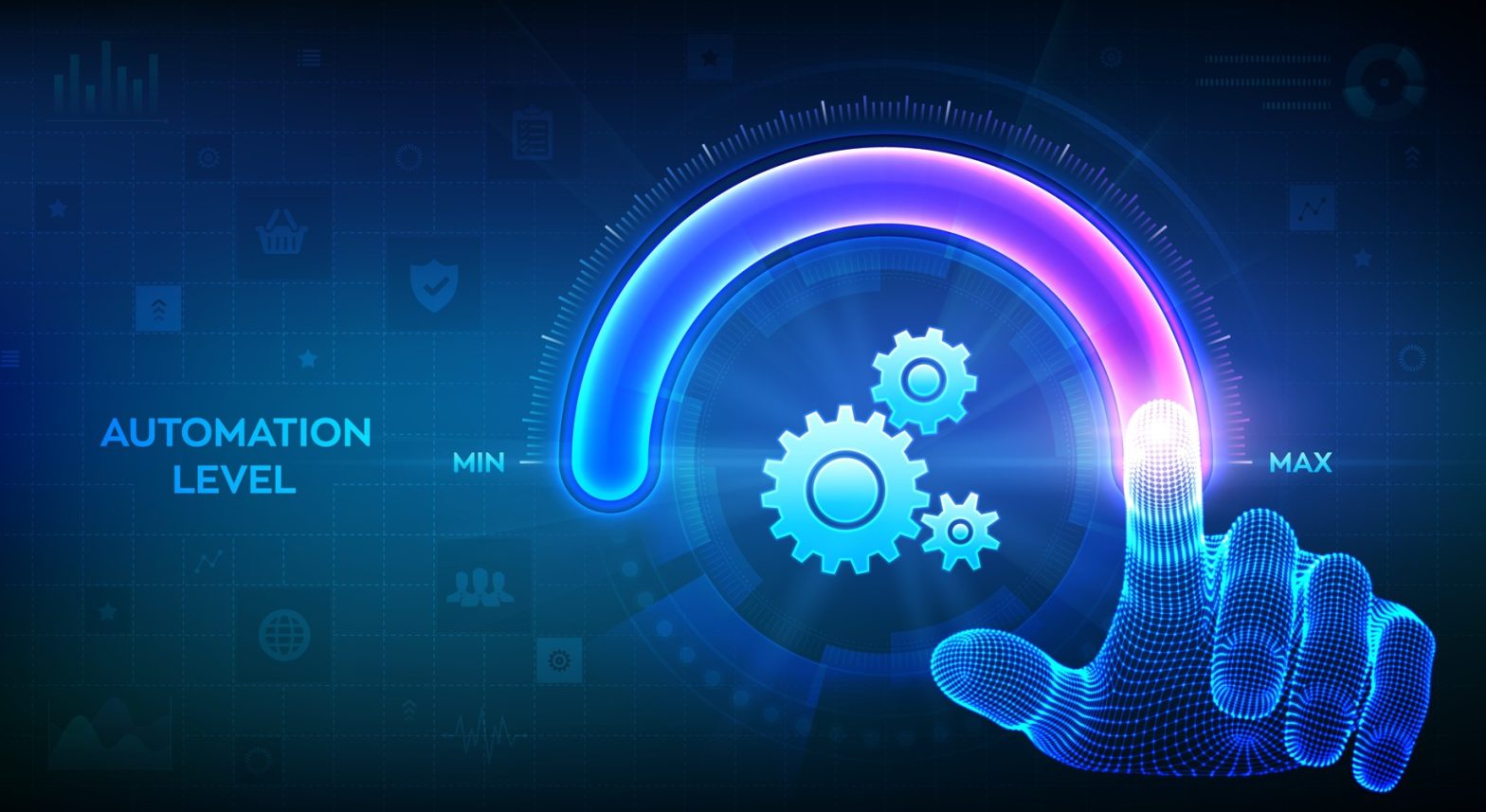Robotic Process Automation (RPA) is one of the technologies that is profoundly transforming the way modern businesses operate. Automating repetitive and manual processes is essential to ensure efficiency and optimization, and RPA can fulfill this role across multiple sectors. By using software robots to perform repetitive tasks, RPA not only reduces the time it takes to complete tasks, but also minimizes human error, providing lower costs and long-term scalability. In this article, we explore what RPA is and the five main types of RPA you can use to optimize your business.
What is RPA and how can it be applied in a business?
RPA (Robotic Process Automation) is a digital technology designed to automate business processes that are repetitive and rule-based. Instead of being performed by employees, tasks are taken over by software robots that perform them quickly and accurately. Implementing RPA enables companies to improve productivity, reduce time spent on manual tasks and optimize the use of human resources. The technology is scalable and can be applied in various areas including accounting, human resources, customer support and logistics.
One of the big advantages of RPA is its ability to work around the clock, 24/7, without fatigue or human error. For example, in accounting, RPA can automate the entry and verification of invoices, thus reducing the time spent on this task and eliminating the possibility of mistakes. It can also be used to manage orders, update databases and handle electronic correspondence.
Types of RPA and their uses in business
There are five main types of RPA, each with specific uses, depending on the needs and requirements of the business. We detail each of these, explaining when and how they can be effectively implemented in your business processes.
Rules-based RPA
Rule-based RPA is the simplest and most common type of automation. It is used to automate repetitive tasks that follow clearly defined and constant rules. For example, invoicing or data verification processes can be easily automated with this type of RPA.
An advantage of rule-based RPA is its simplicity of implementation and its scalability. This type of RPA is perfect for well-structured processes that do not involve complex decisions. A common example is automatically entering data from one database into another system or generating stock reports based on predefined parameters.
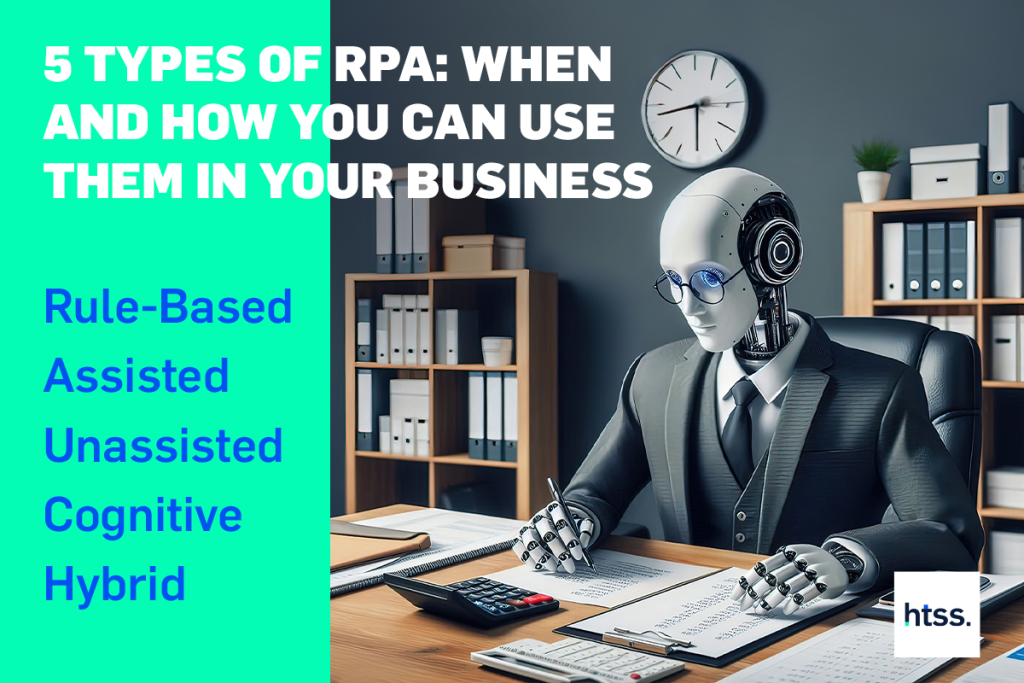
Assisted RPA
Assisted RPA is a type of automation where robots work with humans to complete tasks. Instead of operating completely independently, this type of RPA requires human intervention at certain stages of the process. It is ideal for tasks that cannot be fully automated, but where automation can speed up the process.
An example of an assisted RPA is in customer relationship processes, where a robot can prepare the necessary documents or relevant information for a customer, but a human employee will complete the interaction and provide personalization of the response. This optimizes the time it takes employees to perform administrative tasks, allowing them to focus on activities that require creative thinking or decision-making.
Unattended RPA
Unattended RPA is the most advanced type of simple automation, in which software robots operate completely independently without the need for human intervention. It is mainly used in back-office processes, such as order management, reconciliation of financial data or updating databases.
The major advantage of this type of RPA is that it can work continuously, providing operational efficiency and reduced costs in the long run. For example, in an e-commerce company, an unattended RPA can process customer orders, update stocks and even trigger delivery without the need for employee intervention.
Cognitive RPA
Cognitive RPA integrates advanced technologies such as artificial intelligence (AI) and machine learning (ML) to automate more complex processes. This type of RPA can learn and adapt behaviors over time, making it ideal for tasks such as data analytics, natural language processing (NLP) and image recognition.
For example, a cognitive RPA robot can be used to analyze customer reviews and detect positive or negative trends in the feedback received. It can also automatically process scanned documents, extracting relevant information from text or images.
RPA hybrid
RPA hybrid combines elements from both assisted and unassisted RPA, providing a flexible solution that can be tailored to the requirements of the process. This combination allows a balance between full automation and human intervention, ideal for businesses that need flexibility and scalability.
An example might be in a human resources department, where RPA can automate the process of vetting applicants for a job, eliminating candidates who do not meet the basic criteria. Then, human intervention can complete the process by interviewing selected candidates.
When to implement each type of RPA in your business
Each type of RPA has its optimal time for implementation, depending on the type of process you want to automate. Rules-based RPA is suitable for repetitive and simple processes, such as data entry or generating periodic reports. If processes require human interaction or final checks, assisted RPA can streamline workflows, while unassisted RPA is best suited for fully automatable back-office tasks.







